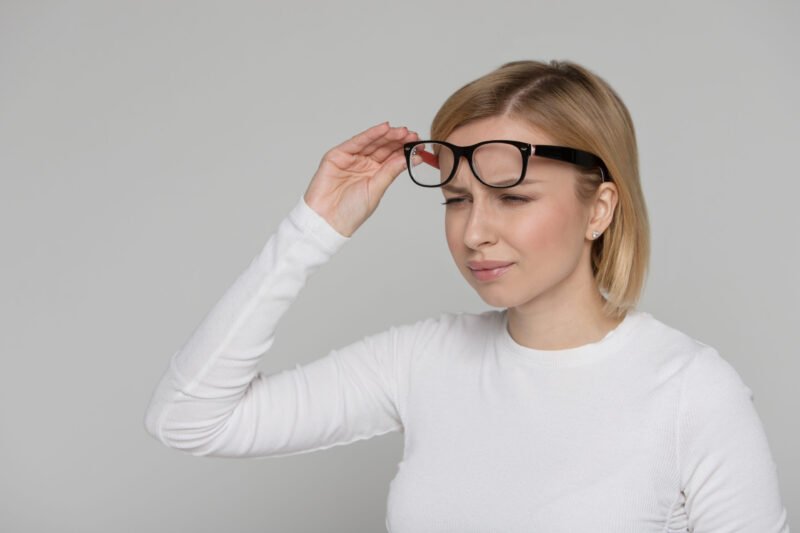Medication-assisted treatment (MAT) plays a significant role in the recovery process for people with alcohol use disorder (AUD). MAT combines the use of FDA-approved medications with counseling and behavioral therapies to provide a comprehensive approach to treating AUD.
Understanding Medication-Assisted Treatment
What is MAT? Medication-assisted treatment involves the use of medications to reduce cravings, manage withdrawal symptoms, and support long-term recovery. MAT is most effective when combined with counseling and behavioral therapies.
Goals of MAT: The primary goals of MAT are to normalize brain chemistry, block the euphoric effects of alcohol, reduce cravings, and stabilize bodily functions. By addressing the physical aspects of addiction, MAT allows individuals to focus more effectively on their recovery process.
Medications Used in MAT for AUD
1. Naltrexone
How It Works: Naltrexone blocks the euphoric and sedative effects of alcohol by binding to the brain’s opioid receptors. This reduces the pleasure associated with drinking, helping to decrease cravings and prevent relapse.
Forms: Naltrexone is available in two forms: an oral pill (Revia or Depade) taken daily and an extended-release injectable (Vivitrol) administered once a month.
Effectiveness: Studies have shown that naltrexone significantly reduces the risk of relapse and helps individuals maintain sobriety. It is most effective when used in combination with counseling and support.
2. Acamprosate
How It Works: Acamprosate helps restore the balance of neurotransmitters in the brain, reducing the physical and emotional discomfort associated with prolonged abstinence from alcohol. It alleviates symptoms such as anxiety, insomnia, and restlessness.
Forms: Acamprosate is available as an oral tablet (Campral) taken three times a day.
Effectiveness: Acamprosate is particularly effective for individuals who have already achieved initial abstinence and are committed to maintaining sobriety. It helps sustain long-term recovery when used alongside behavioral therapies.
3. Disulfiram
How It Works: Disulfiram interferes with the body’s ability to metabolize alcohol, causing unpleasant reactions such as nausea, vomiting, headache, and flushing when alcohol is consumed. This aversion therapy discourages individuals from drinking.
Forms: Disulfiram is available as an oral tablet (Antabuse) taken once daily.
Effectiveness: Disulfiram is most effective for individuals who are highly motivated to quit drinking and have a strong support system. It serves as a deterrent to relapse when used in conjunction with counseling and support.
Benefits of Medication-Assisted Treatment
1. Reducing Cravings and Withdrawal Symptoms
Cravings: MAT medications help reduce cravings, making it easier for individuals to resist the urge to drink. This allows them to focus on developing healthier coping mechanisms and engaging in therapy.
Withdrawal Symptoms: MAT alleviates withdrawal symptoms, which can be a significant barrier to achieving and maintaining sobriety. Managing these symptoms helps stabilize the individual and supports the transition to recovery.
2. Enhancing Engagement in Therapy
Focus on Recovery: By reducing the physical and psychological burden of cravings and withdrawal, MAT enables individuals to engage more fully in counseling and behavioral therapies. This comprehensive approach addresses both the physical and emotional aspects of addiction.
Improved Outcomes: Research shows that individuals receiving MAT are more likely to remain in treatment and achieve long-term sobriety. The combination of medication and therapy provides a balanced approach that enhances overall treatment outcomes.
3. Supporting Long-Term Sobriety
Preventing Relapse: MAT reduces the risk of relapse by minimizing cravings and deterring alcohol consumption. This support is crucial, especially during the early stages of recovery when relapse rates are highest.
Sustaining Recovery: Continued use of MAT helps individuals maintain sobriety by providing ongoing support for managing cravings and avoiding triggers. Long-term use of medications like naltrexone and acamprosate can support sustained recovery efforts.
Integrating MAT with Other Treatment Modalities
1. Counseling and Behavioral Therapies
Cognitive-Behavioral Therapy (CBT): CBT helps individuals identify and change negative thought patterns and behaviors related to alcohol use. It provides coping strategies for managing stress and triggers.
Motivational Interviewing (MI): MI enhances motivation and commitment to change by exploring and resolving ambivalence about quitting alcohol. It is particularly effective in the early stages of treatment.
Family Therapy: Involving family members in the treatment process helps build a supportive home environment and addresses any enabling behaviors. Family therapy improves communication and strengthens relationships.
2. Support Groups and Peer Support
Alcoholics Anonymous (AA): AA and other peer support groups provide a sense of community and mutual support. Sharing experiences with others who understand the challenges of recovery can be incredibly motivating and reinforcing.
SMART Recovery: SMART Recovery offers an alternative to traditional 12-step programs, focusing on self-empowerment and evidence-based strategies for maintaining sobriety.
3. Holistic Approaches
Mindfulness and Meditation: Mindfulness practices promote relaxation and emotional regulation, helping individuals manage stress and cravings.
Exercise and Nutrition: Regular physical activity and a balanced diet support overall health and well-being, enhancing the recovery process.
4. Relapse Prevention Planning
Developing a Plan: A comprehensive relapse prevention plan includes identifying triggers, developing coping strategies, and building a strong support network. Regular follow-ups with healthcare providers help monitor progress and make necessary adjustments.
Implementing the Plan: Continuous engagement in therapy, support groups, and healthy lifestyle practices ensures that the relapse prevention plan is actively implemented and supports long-term sobriety.



